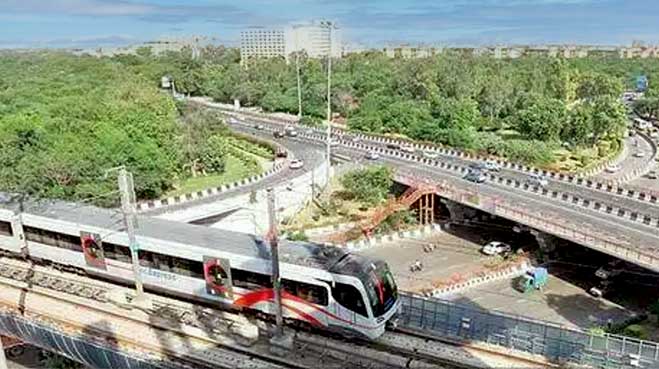Get in Touch
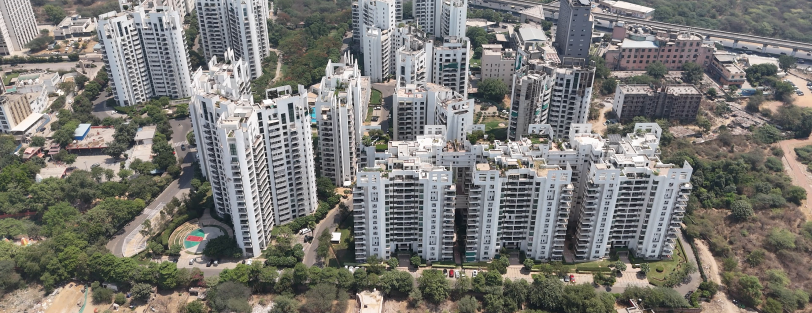

Tailored Expertise for Contract Projects
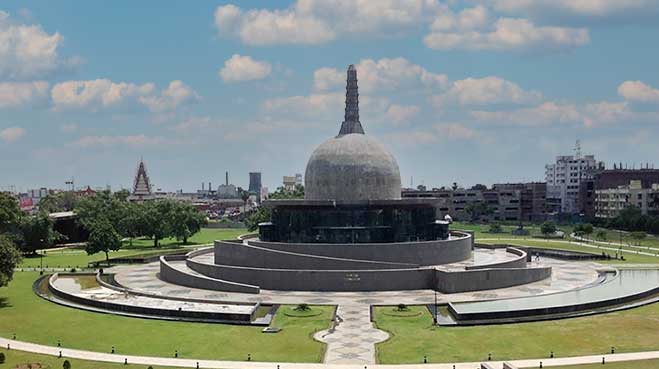
Buddha Smriti Udhyaan Project, an ionic tourism destination consists of beautifully landscaped areas, a Stupa, Meditation Halls, Museum, Car Parking and Public Amenities. The project is spread over in approx. 20.65 Acre area at Prime location at Old Bankipur Jail near Patna Railway Junction.
An Institute for FDDi, known as Footwear Design and Development Institute which is under Ministry of Commerce and Industries, Govt. of India, is being constructed at Fursatganj, Raebareli with total area of 28,000 Sqft. approx.
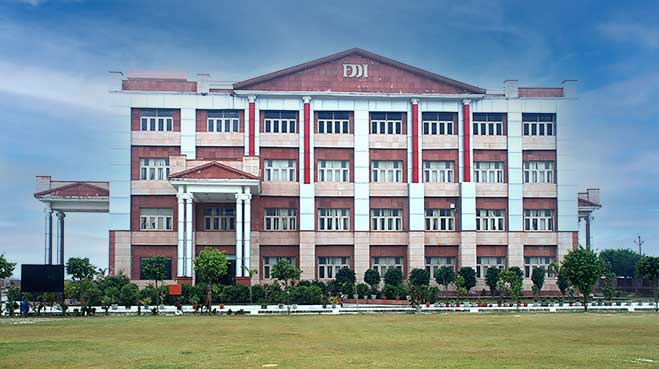
India's IT industry is a dynamic sector comprising three key areas: hardware, software and IT services, and IT-enabled services (ITES). Hardware includes computing infrastructure and networking peripherals, while software and IT services cover custom solutions, packaged software, and training. ITES focuses on outsourced business processes supported by internet and telecom technologies. As a global leader, India's IT sector generates nearly 60% of its revenue from exports, primarily to the US and Western Europe, while also benefiting from a steadily growing domestic demand. With a global IT market exceeding $700 billion, India continues to drive innovation and economic growth.
According to a NASSCOM-McKinsey report, Indian IT and BPO exports were projected to reach $60 billion by 2010. This growth necessitated the development of 12 alternative locations beyond Tier-I cities to handle rising infrastructure demands. Over 1.6 million new jobs were expected, with 1 million concentrated near major metros like Delhi, Bangalore, and Hyderabad, and 600,000 spread across smaller towns.
The increasing infrastructure constraints in larger metros, such as power shortages and limited connectivity, have highlighted the need for new integrated townships. The IT and BPO industries demand at least 5 “Gurgaon-plus” and 5-7 “Pune-plus” setups to sustain growth.
India holds 53% of the global offshore IT and business services market, despite possessing only 27% of the talent pool with the requisite skills and cultural adaptability. The ITES sector, valued at $8 billion in 2003, was expected to grow to $17 billion by 2008, representing 7% of India’s GDP.
Captive units dominate the BPO landscape, accounting for 65% of offshored work. These units handle large-scale operations, while independent vendors are increasing in number but operate at smaller scales.
While regions like Eastern Europe and Southeast Asia are emerging as offshore alternatives, India’s first-mover advantage remains unmatched. With over 400 companies in this space, India benefits from its cost efficiency, infrastructure, and low-risk environment. Improved connectivity
While regions like Eastern Europe and Southeast Asia are emerging as offshore alternatives, India’s first-mover advantage remains unmatched. With over 400 companies in this space, India benefits from its cost efficiency, infrastructure, and low-risk environment. Improved connectivity has also made non-metro cities viable destinations, growing from 3 in 2003 to 15 today, with projections of 35 in the near future.
Offshoring is no longer seen solely as a cost-cutting measure. Companies now view it as a way to boost productivity, scalability, and revenues. Cost efficiency has become a baseline, with a focus on flexibility, quality, and innovation to drive long-term growth.
The end of income tax concessions for software companies under STPI by 2009 has driven increased demand for SEZ spaces. The IT-BPO-KPO segments are set to absorb 70% of the projected 80 million square feet of office space needed over three years, with over $5 billion in capital investment flowing into corporate real estate.
The fiscal benefits provided by SEZs make them an attractive proposition for developers and investors alike. High occupancy rates and demand from IT and ITES companies further bolster their value, positioning SEZs as key drivers of India’s IT and real estate growth.
India’s robust IT ecosystem, cost advantages, and strategic planning ensure its continued leadership in the global IT and ITES sectors, making it a compelling destination for business and investment.
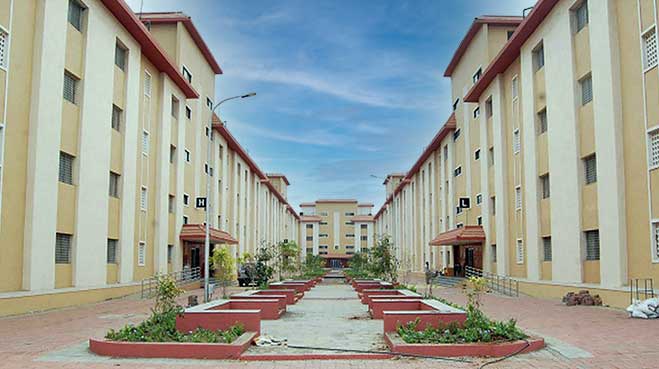
The Contract was awarded in December 2007. The Project Comprises of 17 Blocks of approx. 9,00,000 sq.ft with entire infrastructure facilities.
Dhaula Kuan Metro Station work for Airport Metro Express commenced in Oct 2008.
